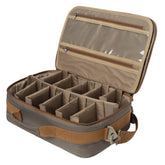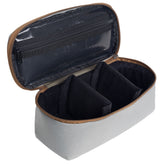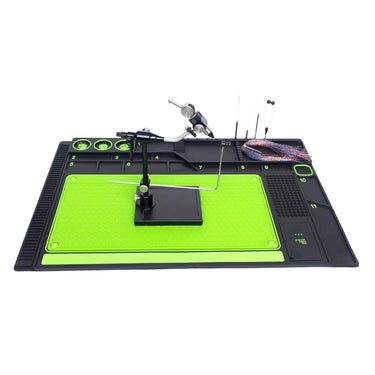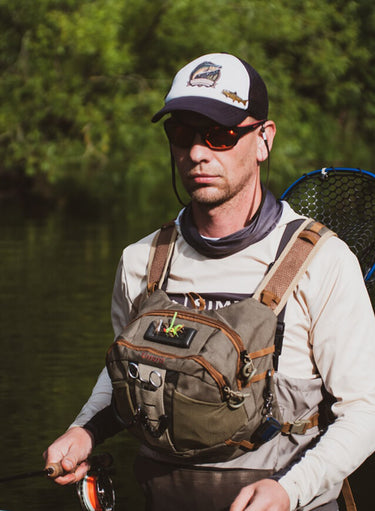The Hidden World of Sculpins
The term "sculpin" refers to a group of small to medium-sized fish belonging to the superfamily Cottoidea, which includes several families such as Cottidae (true sculpins), Hemitripteridae (sea ravens), and Psychrolutidae (fathead sculpins). Sculpins are primarily found in marine environments, though some species inhabit freshwater.
Key Characteristics of Sculpins:
Appearance:
Large, spiny heads with wide mouths.
Flattened bodies and broad pectoral fins.
Often have camouflaged or mottled coloring to blend with rocky or sandy bottoms.
Lack swim bladders, making them bottom-dwellers.
Habitat:
Marine species are common in coastal waters, tide pools, and reefs.
Freshwater sculpins (e.g., Cottus species) live in cold streams and lakes.
Some deep-sea sculpins (e.g., Psychrolutes marcidus, the "blobfish") live at extreme depths.
Behavior & Diet:
Mostly sedentary, ambush predators.
Feed on small fish, crustaceans, and invertebrates.
Defense Mechanisms:
Some have venomous spines (e.g., stonefish and lionfish, though these are not true sculpins).
Camouflage helps avoid predators.
Notable Sculpin Species:
Cabezon (Scorpaenichthys marmoratus) – A large Pacific coast species.
Mottled Sculpin (Cottus bairdii) – A common freshwater North American species.
Deepsea Sculpin (Myoxocephalus thompsonii) – Found in Arctic and deep Atlantic waters.
Blobfish (Psychrolutes marcidus) – A deep-sea dweller known for its gelatinous appearance when brought to the surface.
Fishing & Culinary Use:
Some sculpins (like cabezon) are fished for food, though many are too small.
Their firm, white flesh is edible but less common in commercial markets.
Would you like details on a specific type of sculpin?















